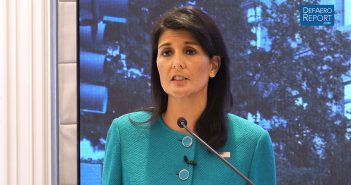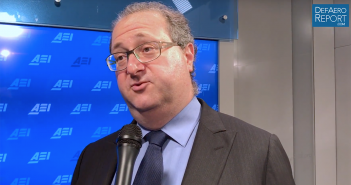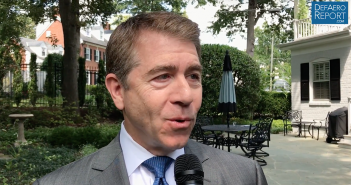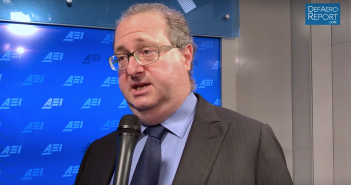
Rogers: USAF Split Would Put Space, Air Dominance on Equal Footing
Rep. Mike Rogers, R-Alabama, House Strategic Forces Subcommittee chairman, says the formation of a “Space Corps” within the US Air Force would make space dominance an equal priority to air dominance and speed up acquisitions, identifies goals for the proposed service and more during an interview with Defense & Aerospace Report Editor Vago Muradian. The interview was conducted during the Center for Strategic and International Studies’ “How to Organize Military Space” symposium on Sept. 6, 2017, in Washington.





![Defense & Aerospace Business Report [September 5, 2017]](https://defaeroreport.com/wp-content/uploads/2017/09/Harvey_Site-351x185.jpg)



